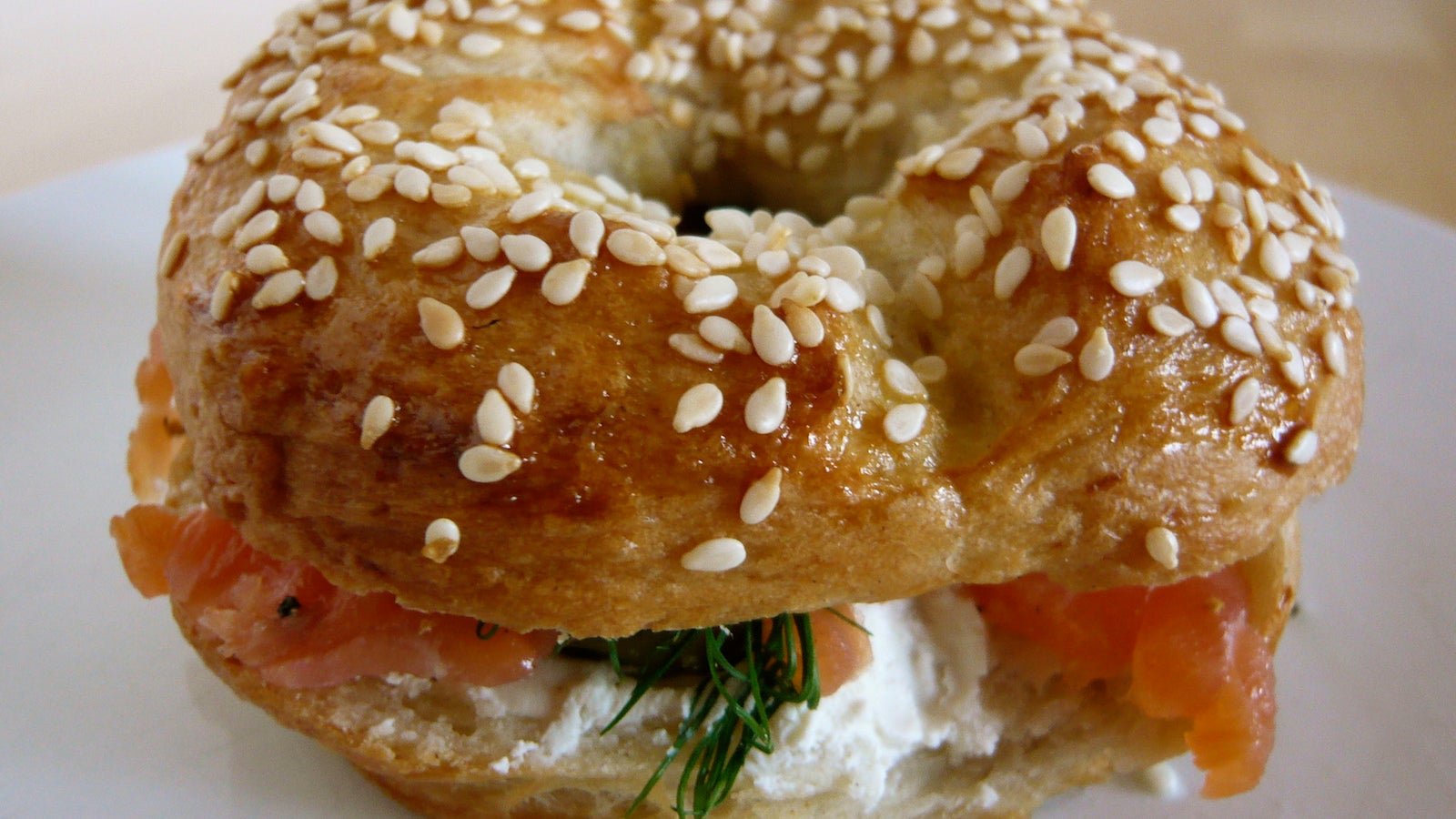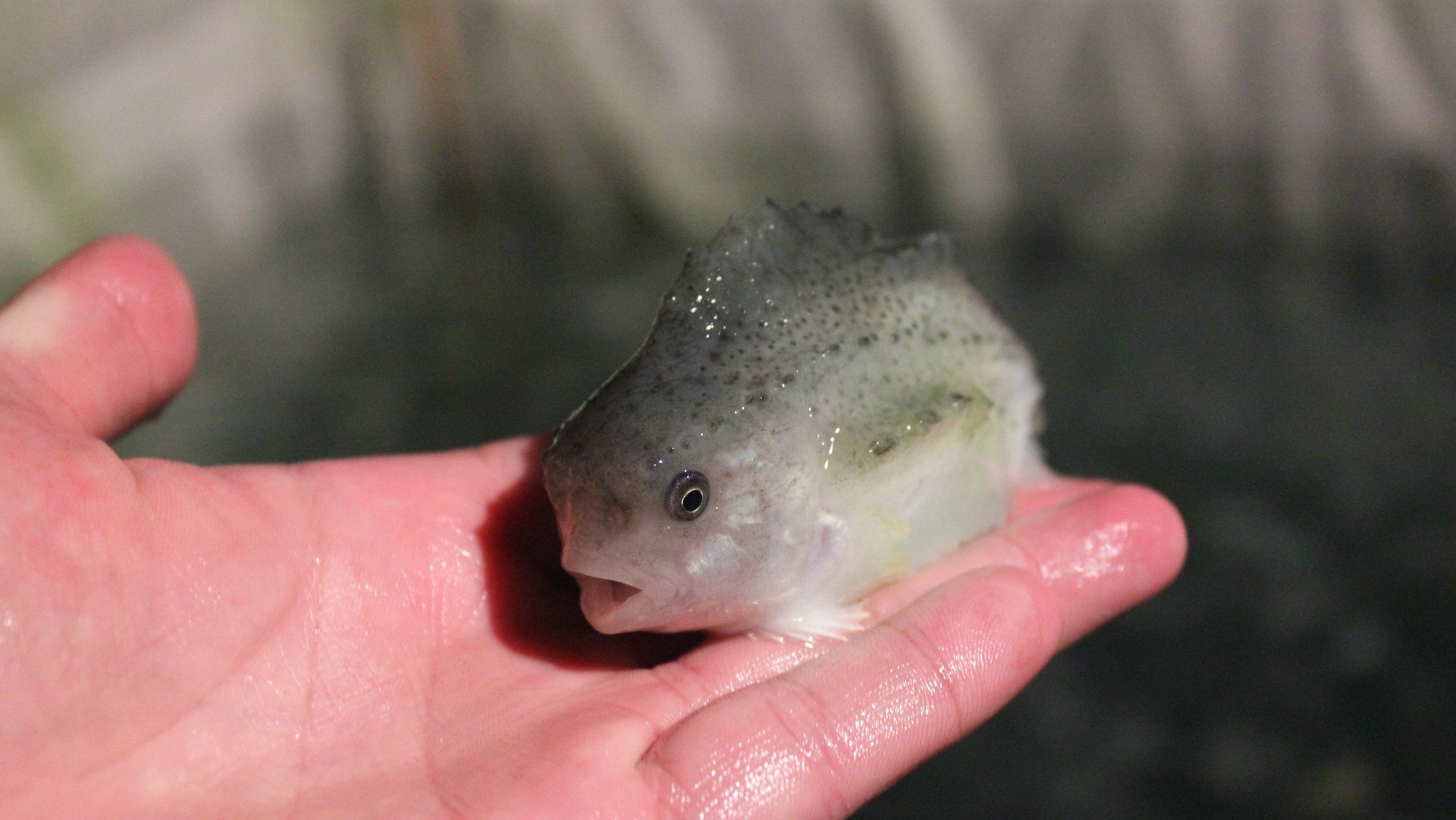The gross reason you’ll be paying a lot more for salmon this year
Lox lovers and sashimi devotees, prepare to shell out this year. According to the Nasdaq Salmon Index, salmon prices are at historic highs—and it’s all because of one tiny, nefarious little creature.


Lox lovers and sashimi devotees, prepare to shell out this year. According to the Nasdaq Salmon Index, salmon prices are at historic highs—and it’s all because of one tiny, nefarious little creature.
The culprit behind the rising price of salmon is about the size of an aspirin: a parasite known as the sea louse, or salmon louse. Acute outbreaks in Scotland and Norway this year have, er, eaten into the global supply of farmed Atlantic salmon. Norway, the planet’s biggest salmon producer, exported around 5% less by volume than in 2015. Globally, production fell around 9%. All that adds up to a problem that will increasingly put the squeeze on seafood lovers—and raises new questions about how to beat back the scourge of sea lice without hurting salmon, and the people who love to eat them, in the process.
The tighter salmon supply drove up prices in a big way last year. Twice in 2016, prices on the Nasdaq index—which tracks weekly spot prices of farmed Norwegian salmon for export—broke 80 kronor per kilogram ($4.80 per pound). That’s a big increase from previous peaks of about 55 kronor per kilo in 2013 and 2015.
The upside to short supply is that farmers in Norway sold 61.4 billion kronor ($7.3 billion) worth of salmon exports in 2016—more than ever before. But ominous signs are gathering on the horizon. Sea lice infestations are ravaging salmon farms with increasing frequency and intensity. And though profitability is spurring farmers to expand production, it’s getting harder to wipe out the parasites without also killing the fish.
Sea lice are the farmed Atlantic salmon industry’s most expensive problem, costing around $550 million in lost output each year, according to Ian Bricknell, an expert on the parasite at the University of Maine. The tiny crustaceans latch onto salmon, feasting on their blood, mucus, and fins. Adult fish can live with sea lice, but it only takes a few to wear down a young salmon’s immune system, leaving them vulnerable to other infections. A dozen can kill it.
While sea lice have always loved gnawing on salmon, outbreaks weren’t a big issue prior to the advent of large-scale salmon-farming. Adult wild salmon might pick up a few sea lice in the ocean, but since freshwater kills sea lice, they shed the parasites when they return to rivers to spawn. Limited contact between adults and juveniles meant that it was harder for the parasites to spread to smolts, the term for young salmon.
Farmers, however, can’t let their fish roam free. Instead, they corral young salmon in giant nets anchored to the seafloor. That creates a captive food supply—and a prime breeding ground for sea lice. And the problem isn’t confined to farmed fish: by situating pens near key salmon habitats, the industry makes it easy for farmed and wild salmon to constantly reinfect each other.
Salmon farmers have been struggling since the 1970s to find a solution. The most common way to combat sea lice is through a synthetic pesticide called emamectin benzoate. Known in the industry by its brand name, ”Slice,” the drug is fed to salmon whereupon it seeps throughout the fish’s body, poisoning any sea lice nibbling on its tissue.
Or at least, the drug used to work that way. Sea lice in some salmon farming regions have evolved resistance to Slice and other chemicals, driving farmers to use them even more liberally. Scottish farmers now use 10 times more chemicals to combat sea lice than they did a decade ago, even though farmed salmon production has risen only 35% during that time. Norway’s reliance on hydrogen peroxide baths surged in the last decade as well, attracting concern from the country’s food safety regulator.
There are alternatives to chemicals. The cutest way to go involves “lumpsuckers,” adorable fish native to Norway that eat sea lice off the salmon. (Wrasse, another kind of fish, also perform sea delousing.) But they’re no help to Canadians, another major salmon exporter. The Aquaculture Stewardship Council, an independent nonprofit that evaluates sustainability, requires cleaner fish to be native species.

And so some in the industry are embracing riskier methods—which can wind up killing the fish they’re supposed to protect.
One technique, known as a thermolicer, plunges the salmon into a scalding-hot bath. The hot water kills off the sea lice—and also, sometimes, the fish themselves. Last year, salmon-farming giant Marine Harvest inadvertently cooked 95,000 caged salmon with a thermolicer. Though that killed 95% of the sea lice, it also left the company with 600 tonnes of dead salmon to incinerate. Along with rampant salmon deaths from pesticide treatments, the thermolicer incident caused a 16% drop in the company’s Scottish salmon output for 2016.
There are other options in the works, including lice-zapping lasers, fancy ultra-large-scale pens, and delousing vessels called hydrolicers. But even with the preponderance of government funding from leading salmon-farming countries, new technology is expensive to develop. And for the salmon-farming giants like Marine Harvest, Nova Sea, and others, scale remains a challenge. Meanwhile, a promising sea lice vaccine hasn’t yet borne fruit.
Worse, the conditions that invite sea lice seem to be on the rise. The sea lice life cycle accelerates in warmer temperatures. So it’s hardly surprising that a recent study found that unusually balmy seas helped encourage the 2015 sea lice epidemic that swept British Columbia, Canada.
This all adds up to a pricey problem. And given that the sea lice spread shows few signs of abating—nor does the outbreak of another salmon blight, amebic gill disease—consumers are likely to face steeper salmon prices in 2017. Analysts at the Norwegian bank Nordea expect global supply of farmed Atlantic salmon to stay below 2015 levels for the next three years.
The sea lice epidemic isn’t just hurting fish, farmers and consumers—it also takes a toll on other sea life. Slice is poisonous to crustaceans, though its long-term effects have not been researched. In 2013, a subsidiary of Cooke Aquaculture, one of North America’s biggest salmon producers, pleaded guilty to killing hundreds of lobsters with its use of cypermethrin, a delousing chemical used in Europe but banned in Canada.
The most egregious ecological problem, however, is the fact that the teeming sea lice reservoirs created by farming are devastating wild salmon populations. In that sense, sea lice and humans have something in common: an appetite for Atlantic salmon that nature simply can’t sustain.
Bagel and lox image is by Flickr user Jessica Spengler (licensed under CC BY 2.0)